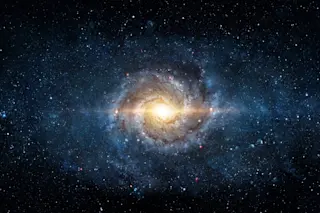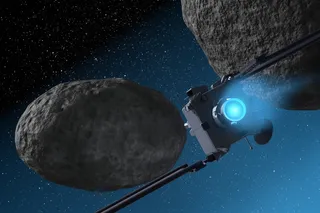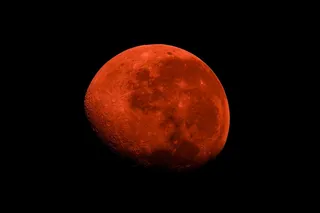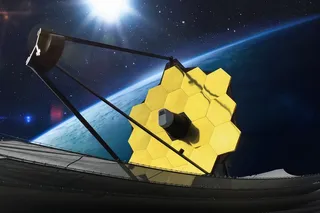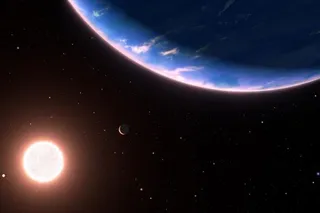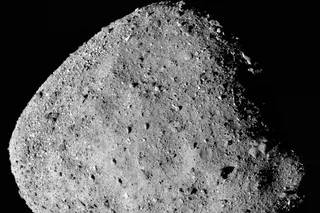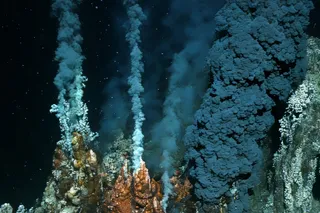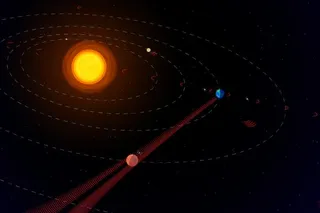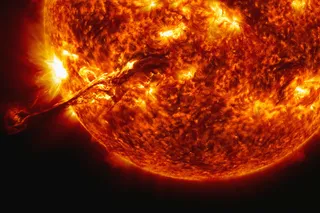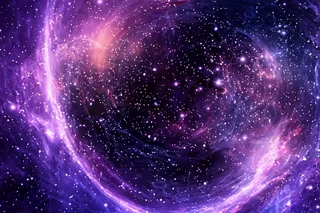For us, galaxies are where most of the interesting stuff happens in the cosmos. Stars, planets, and black holes are all usually found inside these bustling cosmic neighborhoods. But space isn't just galaxies. In between galaxies are vast expanses of interstellar space — galactic deserts where you might be lucky to stumble across a few hydrogen atoms or, at best, a wandering rogue planet ejected from its home galaxy.
So, where does a galaxy end and interstellar space begin? There seem to be a number of plausible ways astronomers might define the 'edge' of a galaxy — perhaps where concentrations of gas and dust drop below a certain threshold or even via a galaxy's gravitational influence.
Nushkia Chamba is a postdoctoral fellow at NASA's Ames Research Center who specializes in studying the outskirts of galaxies, as well as galaxy formation and evolution in general. Here, she helps explain how astronomers ...



